Club Fitting Guide: How to get your best fit
At Integrity Golf Performance, we work with the best players from around the world. For most folks, the challenge is having an instructor, a trainer, and a club-fitter all doing their own thing without a clear line of communication from one to the other.
How do you bring these components together to get the most out of your game?
We hand-pick teams that help players track the endless variables and formulate optimal routines for peak performance.
Equipment, coaching, and fitness can work together for faster, more sustainable results and gains that you’ll maintain for the long haul.

Going the Distance
Let’s explore how you can gain distance and achieve faster, longer-lasting results.
Firstly, golf equipment: custom club-fitting can lead to massive gains in distance, helping you achieve lower scores and have more fun on the course.
We use a brand-agnostic approach, which means we let the performance guide our selections. It’s common to find multiple brands in one bag once the fitting process is complete.
This approach is a trend we see on the PGA Tour. Major champions have turned down endorsement deals to have the freedom to play the best equipment through their bags, instead of just one brand.
An example of customizing equipment to gain distance would be Bryson DeChambeau’s quest for 200 mph ball speed. There is plenty of statistical evidence to suggest that hitting the ball as far as possible can, on average, land you in closer proximity to the hole, meaning shorter putts and lower scores.
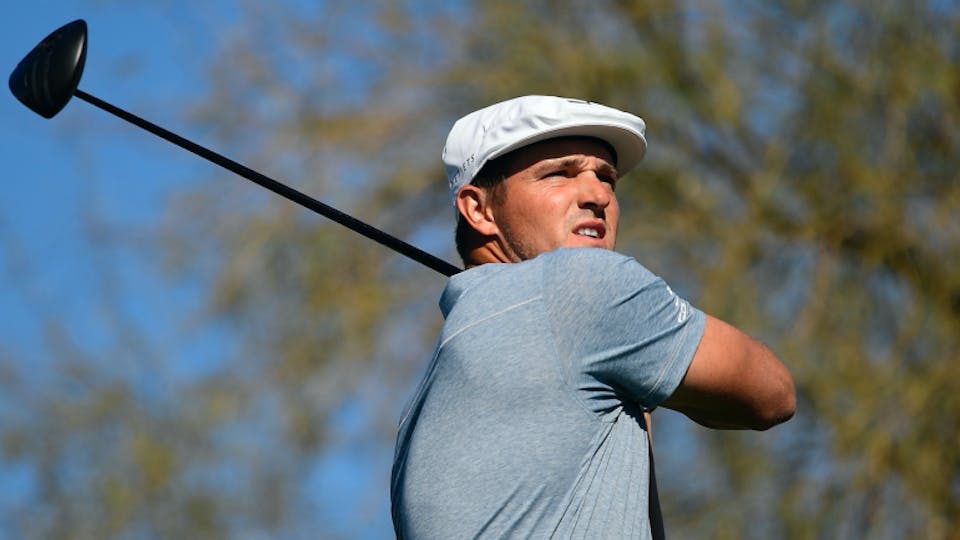
Lowering his driver’s loft and raising his attack angle is just the beginning of how DeChambeau has changed the way we think of golf at the professional level. His long-drive competitors have taken advantage of equipment in much the same way, using drivers with lofts in the 4–6-degree range to maximize ball speed, while keeping the optimum spin rate to allow maximum carry without sacrificing roll.
If you’re wondering what impact hitting it farther will make on your game, take a quick look at DeChambeau’s season statistics.
In this 2020 season, he’s first in strokes off the tee and driving distance, while hitting almost 58% of his fairways. He is also one of the 13 players under par at the US Open and T10 early in the second round.
His putting statistics are impressive – he is tenth for the season in strokes gained: putting. His thoughts on increasing distance may seem strange to some, but you can see each decision’s logic once you dive deeper into the science.
DeChambeau’s approach includes much of what we do every day, meaning it can change the game for the professional golfer and the weekend warrior. The equipment we decide to put in play can be hugely important and make the game more fun.
The Fitting Process
The fitting process is essentially a controlled experiment focused on specific details that contribute to your overall performance.
We begin the process by gathering the equipment specifications of your current set. In particular, we look at the loft, lie, length, shaft frequency (flex), and swing weight.

A proper fitting can increase distance by improving several vital components, the most important of which is speed.
Increasing clubhead speed translates to higher ball speed, which is the foundation of longer shots. The right equipment achieves this by optimizing the head and shaft combination.
We’ve observed substantial clubhead speed increases by identifying the proper shaft profile, shaft weight, and flex during the shaft-testing portion of our fittings.
One of the most exciting aspects of the fitting is testing for a shaft profile to identify where the shaft will bend under force during the transition and throughout the player’s swing. We partner with Cool Clubs in Scottsdale to test shafts and other technology.
Cool Clubs’ proprietary shaft-testing machine, S3 (Shaft Simulation System) gives us more information about golf shafts than anyone has ever had.
This technology analyzes the shaft for conformance with over 100,000 measurements. Only those that pass make it into our builds.
The fully automated system operates as five machines in one, collecting more than 2,500 data points for each shaft it tests. It accomplishes this task in just under two and a half minutes and is the most accurate shaft-measuring machine in the world.
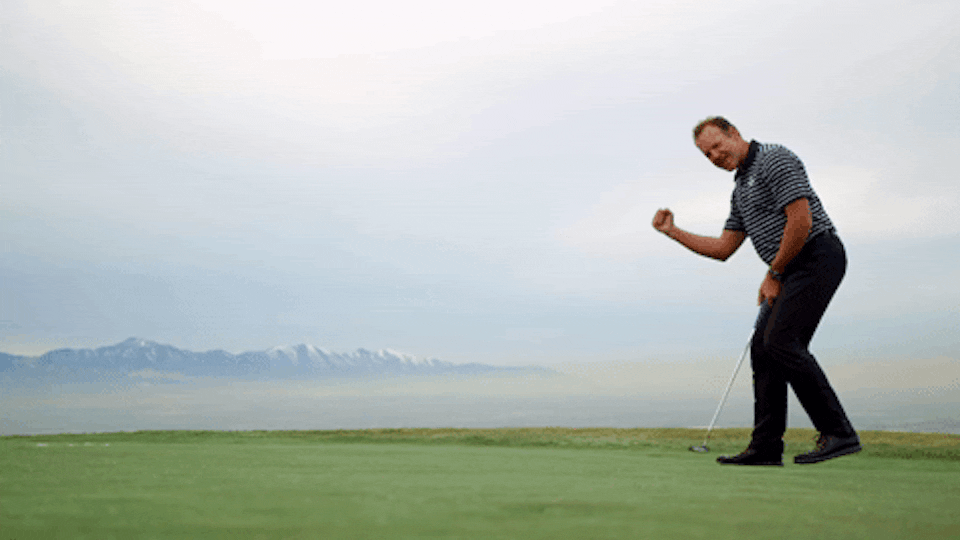
Five Key Measurements
Straightness
Aren’t all golf shafts straight enough? In short, no. S3 uses a high-resolution optic system that captures images of the shaft by rotating it in 15-degree increments. It then creates a shaft-straightness profile.
Consistency
S3 technology uses a load test to create a consistency factor (“CF”) for the shaft by rotating it under load in five-degree increments. A perfectly straight, consistent shaft will always read the same load, but the reading can change due to a few factors.
Material and manufacturing processes like consistency and wall thickness affect the test results and, eventually, performance on the course. The more consistent the load test is around the shaft, the better.
The S3 then takes the straightness test and combines it with the consistency test to arrive at a corrected consistency score – a better measurement of a shaft’s planar stiffness and how it will perform during the golf swing.
Torque
“Torque” is a shaft property that describes how much the shaft is prone to twisting during a swing. Too much torque, and shots will typically start leaking right. Not enough torque usually produces undesirable ball flight with a decrease in ball speed and land angle.
EI Deflection Profile
S3 measures resistance to bending at more than 3,000 locations along the shaft against the shaft’s deflection profile (obtained from the straightness camera) to determine the difference in EI from the butt to the mid/tip of the shaft.
A higher EI means a stiffer shaft – but where on the shaft? Rigid tips create lower launch angles with less spin, whereas softer tips and stiffer butts can produce higher launch angles and increased spin.
Frequency
Look at any off-the-shelf golf club at your local sporting goods store and there’s a good chance it has a sticker with a letter on it (such as R, S, X, A, or L). That letter corresponds to the swing speed of the player. What the store doesn’t tell you is that there is no manufacturing standard for “stiffness” in the industry, making this measurement largely meaningless.
Instead, we use the “frequency” to get an infinitely more accurate reading of the shaft flexibility and how it will perform.
Now that we can identify the proper shaft for your needs, we can move on to the clubhead.
Clubhead Testing
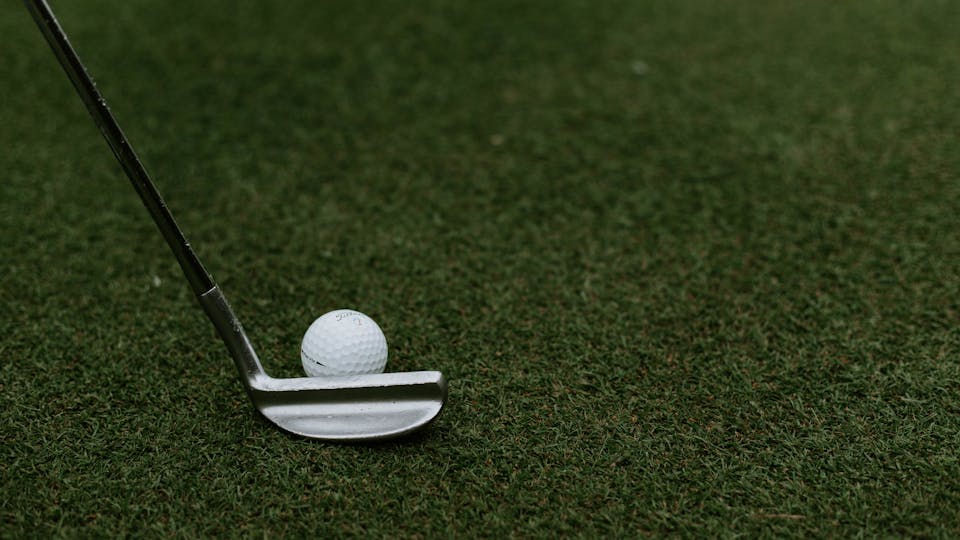
We’ve observed substantial performance benefits from testing the clubhead, including increases in ball speed, lower spin rates, and tighter dispersion, all of which can lead to significant distance gains.
The most common aspects of the clubhead that are examined during a fitting to improve ball flight and performance are loft, hosel settings, and moveable weight settings.
The center of gravity, or CG, is an aspect of clubhead design that plays a massive role in identifying the best performing head for your game. Using drivers as an example, you can put CG in two categories, forward and back. Forward CG typically produces low launch and low spin, while rearward, or back, CG naturally produces higher launch and higher spin.
Before you go out and buy the most forward-CG driver available to try to increase distance, a word of caution: the more forward you go with CG, the less forgiveness (“MOI”) you can expect. There is a trade-off in driver design when moving CG to align with the product’s desired performance.
The holy grail for designers is to have a forgiving yet low-spinning design to their products. For this reason, we see most manufacturers trying to save weight at one place in the head and move it to where it is needed for the desired CG. You can see the variation in the amount of carbon fiber in woods – carbon fiber is lighter than metal, yet strong enough to be used in the construction.
Look at almost any manufacturer's website, read about their latest driver, and you will most likely find a description of a weight-saving process or a material that allowed the designers to move CG to the desired location.
Testing these products with a fitter knowledgeable about the design philosophies that manufacturers use can vastly improve your fitting results (and it can be educational, for all the tech geeks out there!)
Flying Efficiently
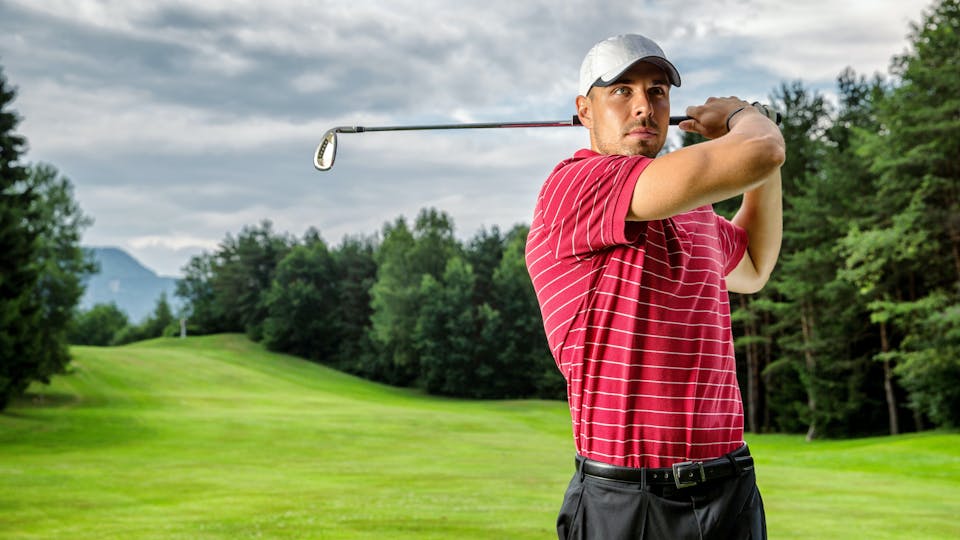
Examining how the ball flies through the air is another essential when you’re looking to gain distance. There are certain combinations of launch angle and spin rate that go farther than others.
For example, if two golf balls are traveling at the same ball speed, but one is launched at eight degrees and spins at 3,500 RPMs, while the other is launched at 14 degrees and spins at 2,500 RPMs, the distance difference is 15 yards (for both the carry yardage and the total yardage).
The second ball didn’t go faster (which is the easiest way to gain distance); it flew through the air more efficiently.
Achieving a more efficient ball flight by launching the ball higher with a lower spin rate can significantly increase distance. An excellent example of this from a few years ago was TaylorMade’s “loft up” campaign to promote its SLDR driver line.
During testing, TaylorMade identified the ideal combination of a 17-degree launch angle and 1,700 RPMs of backspin. The SLDR had an overly forward CG, which gave it shallow launch and spin characteristics. The result was that most players who used it needed more loft than those using competitors’ drivers.
Getting to the much sought after “17 and 17” numbers with human players isn’t easy, as was found during testing. It requires the right combination of attack angle, dynamic loft, and equipment to launch the ball high enough while maintaining its proper spin rate.
The required attack angle would need to be significantly more positive (up) than the tour average of level-to-one-degree negative (down), and must be paired with a dynamic loft (loft delivered by impact versus the static loft of the clubhead) that is in the proper range.
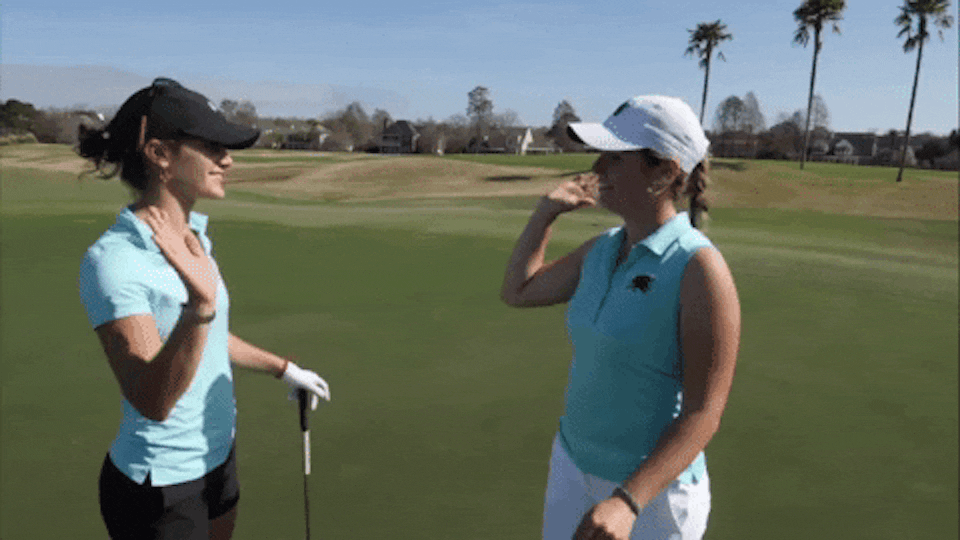
We can help you identify performance gains, and we cover the entire spectrum of your game, from full-bag fittings to specific areas you want to improve. Don’t hesitate to contact us to set up an appointment today.

Are you ready to improve your game?
Book your assessment today by clicking the button below. We'll call you to schedule your visit.

